As a strength and conditioning coach who has worked with athletes from high school all the way up to Olympic and NFL levels, and as the owner of the Peak Performance Program, I understand the importance of implementing advanced training methods to significantly enhance your athletic strength and power. One such method is the use of cluster sets, a powerful technique particularly effective for advanced athletes seeking to boost their strength and power.
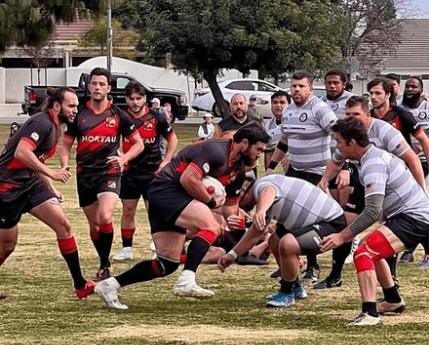
Cluster Sets: Maximizing Power and Strength
Cluster sets involve breaking up a traditional straight set into multiple mini sets with short rest intervals of 15-20 seconds between them. This approach allows your body to recover and recycle ATP between reps, enabling you to lift heavier weights while maintaining higher bar speeds throughout the set.
Here’s a simple way to integrate cluster sets into your routine to improve your athletic strength and power:
- Choose a Compound Exercise: Select a heavy compound lift, such as squats, deadlifts, or bench presses.
- Perform Mini Sets: Instead of performing one straight set of 6 reps, break it into 3 mini sets of 2 reps with 15-20 seconds rest in between.
- Monitor Bar Speed: Ensure that your bar speed remains consistent across the mini sets, indicating that you’re maintaining power and strength.
By incorporating cluster sets, you’ll experience increased power output and strength, pushing your performance to new levels and enhancing your athletic strength and power.
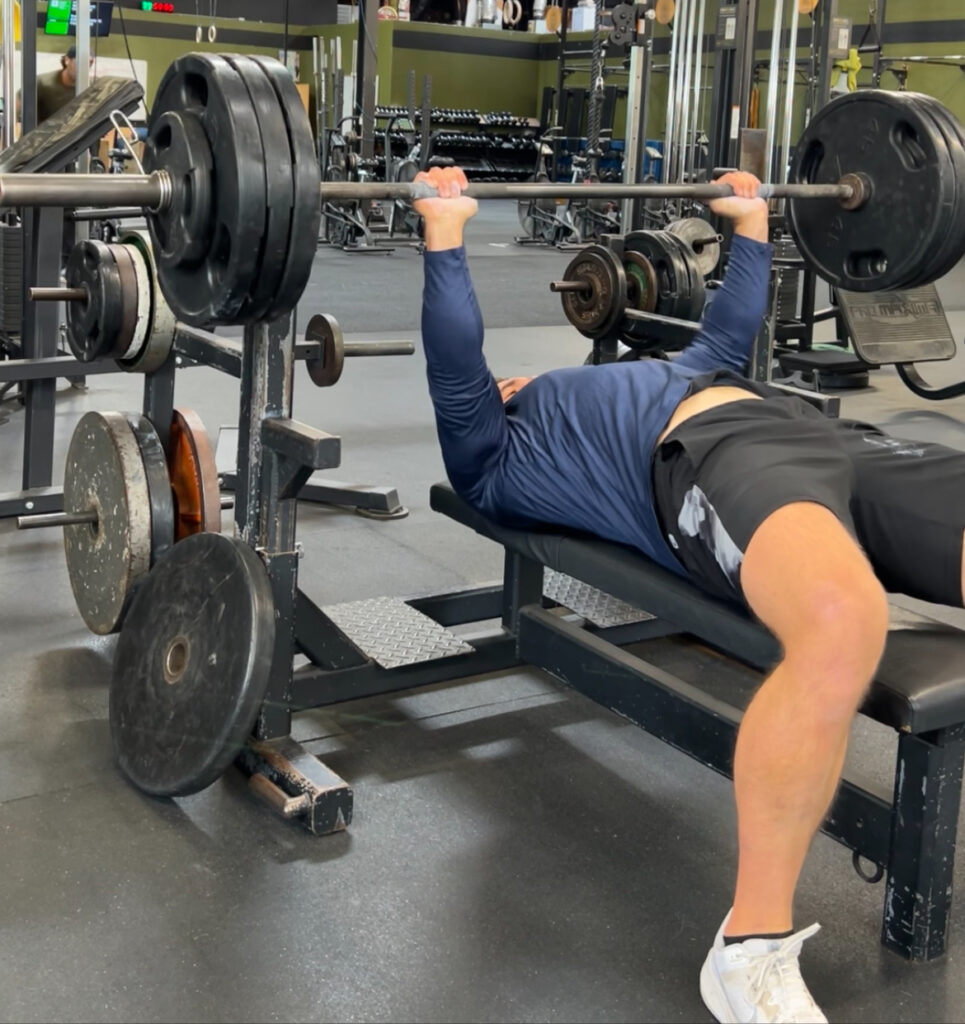
Introducing Contrast Sets
To take your training a step further, consider combining cluster sets with contrast sets. This method involves pairing your heavy compound exercise with a plyometric movement that follows a similar movement pattern. This combination leverages post-activation potentiation (PAP), where the heavy lift primes your muscles to produce greater force and power during the subsequent plyometric exercise, thus boosting your athletic strength and power.
For example, after performing cluster sets of squats, you could immediately follow with box jumps or jump squats. This sequencing takes advantage of PAP, leading to improved performance on the plyometric exercise as your body remains in a heightened state of force production.
However, it’s essential to monitor your performance closely. If you notice a decline in your plyometric exercise performance, it may indicate excessive fatigue. In such cases, adjust by:
- Increasing Rest Periods: Extend the rest time between the heavy compound and the plyometric exercise.
- Reducing Reps: Decrease the number of reps to manage fatigue.
- Lightening the Load: Lower the weight used in the compound exercise.
If these adjustments don’t resolve the performance drop, it might be necessary to revert to a more standard training approach until you build sufficient work capacity to handle these advanced techniques effectively.
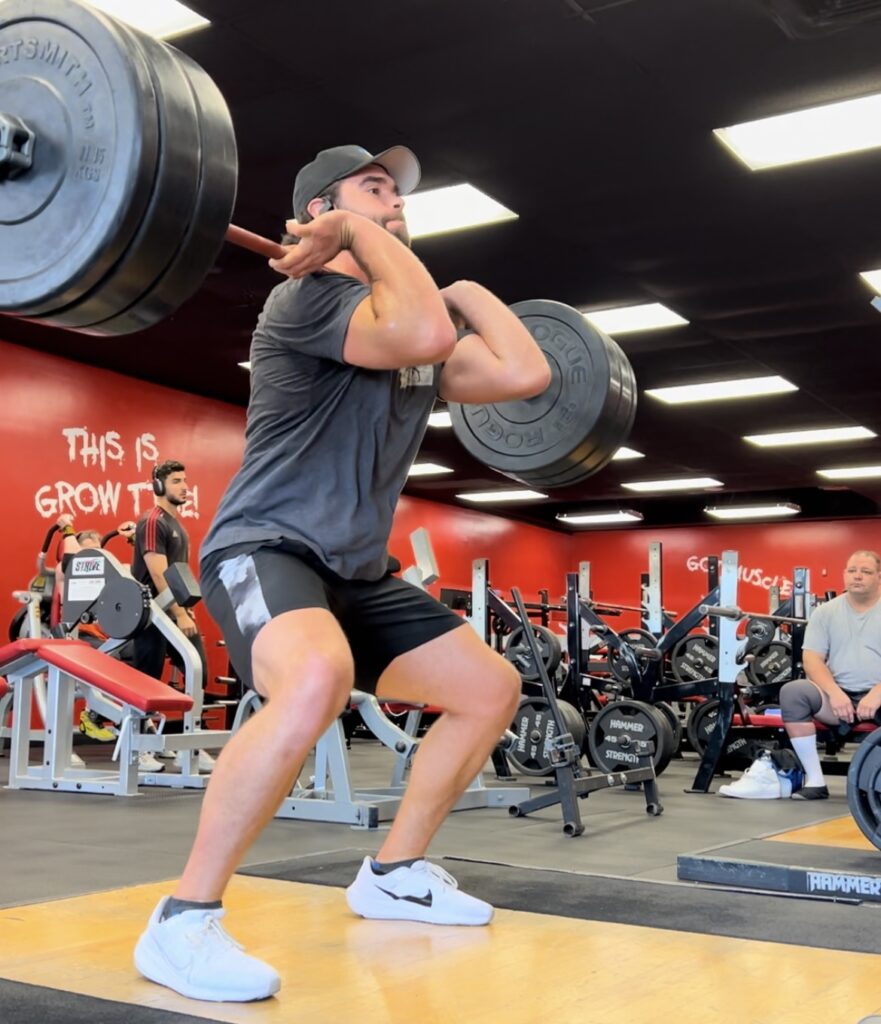
Benefits of Cluster and Contrast Sets for Athletic Strength and Power
The integration of cluster and contrast sets into your training regimen offers multiple benefits that enhance your athletic strength and power. These benefits include:
- Increased Power Output: The short rest periods in cluster sets allow for partial recovery, leading to higher power output in each mini set.
- Improved Bar Speed: Maintaining higher bar speeds throughout the set translates to greater power and explosiveness.
- Enhanced Muscle Recruitment: The combination of heavy lifts and plyometrics maximizes muscle fiber recruitment, crucial for athletic performance.
- Post-Activation Potentiation: Leveraging PAP through contrast sets enhances performance in explosive movements, vital for sports and athletic activities.
Incorporating Rest Weeks
Incorporating advanced training methods like cluster and contrast sets can be highly demanding on your body and central nervous system. To ensure optimal recovery and continuous progress in your athletic strength and power, it’s crucial to integrate rest weeks into your training cycle. A rest week involves significantly reducing your training volume and intensity to allow your body to recover and adapt to the stresses of previous workouts.
During a rest week, focus on activities that promote recovery, such as:
- Active Recovery: Engage in low-intensity exercises like light jogging, swimming, or yoga to keep your body moving without adding stress.
- Mobility Work: Incorporate stretching and mobility exercises to improve flexibility and prevent injury.
- Proper Nutrition: Ensure you’re consuming a balanced diet rich in proteins, carbohydrates, and healthy fats to support muscle recovery and growth.
- Adequate Sleep: Prioritize getting sufficient sleep to facilitate the recovery process and enhance overall performance.
Improve Your Performance with These Advanced Training Methods
Incorporating advanced methods such as cluster and contrast sets can significantly enhance your athletic strength and power. By carefully monitoring performance and allowing adequate recovery, you can push your limits and achieve new levels of athletic performance. Remember, the key to success lies in understanding your body’s responses and making necessary adjustments to ensure sustainable progress.
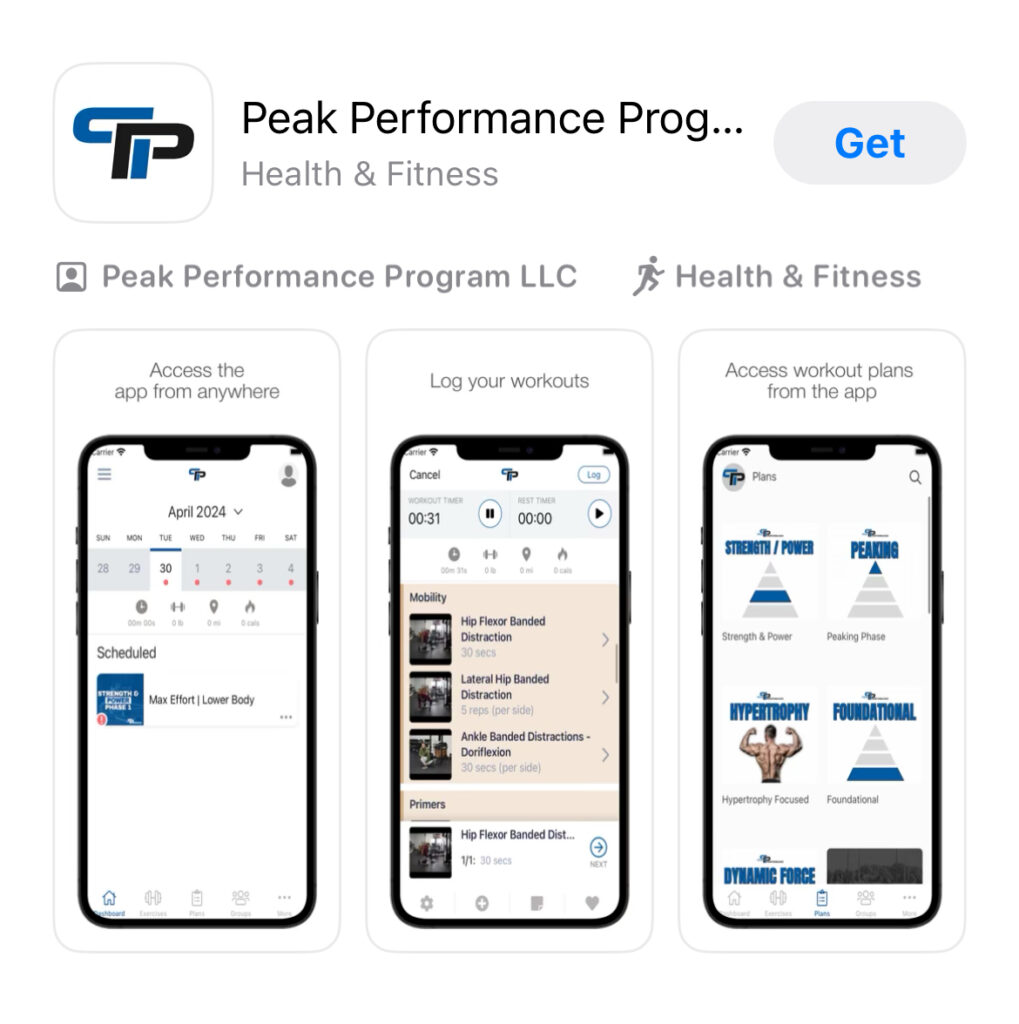
To take your training to the next level and fully realize your potential, consider joining the Peak Performance Program. Our program is designed to provide coaching and advanced training techniques tailored for athletes. Alternatively, you can book a free strategy call to discuss your goals and how we can help you achieve them. Click here to join the Peak Performance Program or book your free strategy call today.
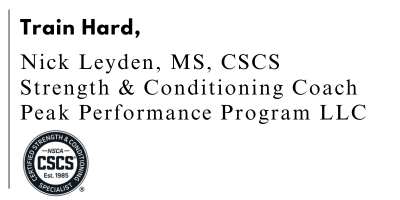
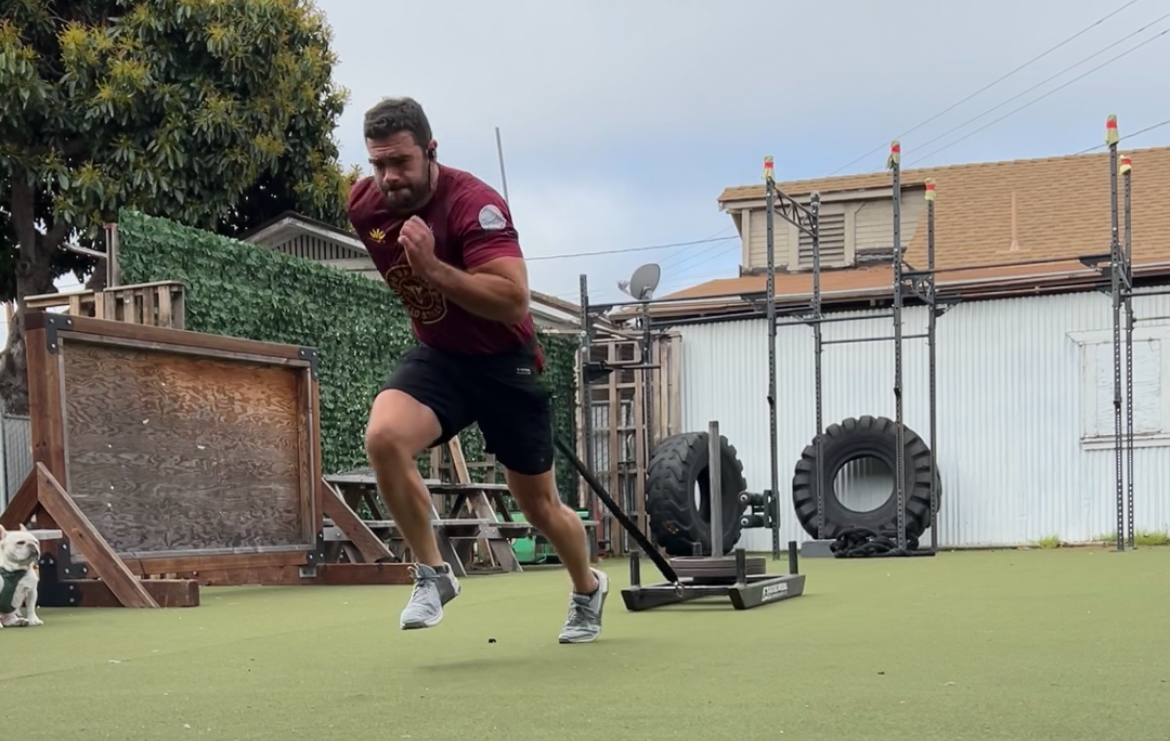
Be The First To Comment